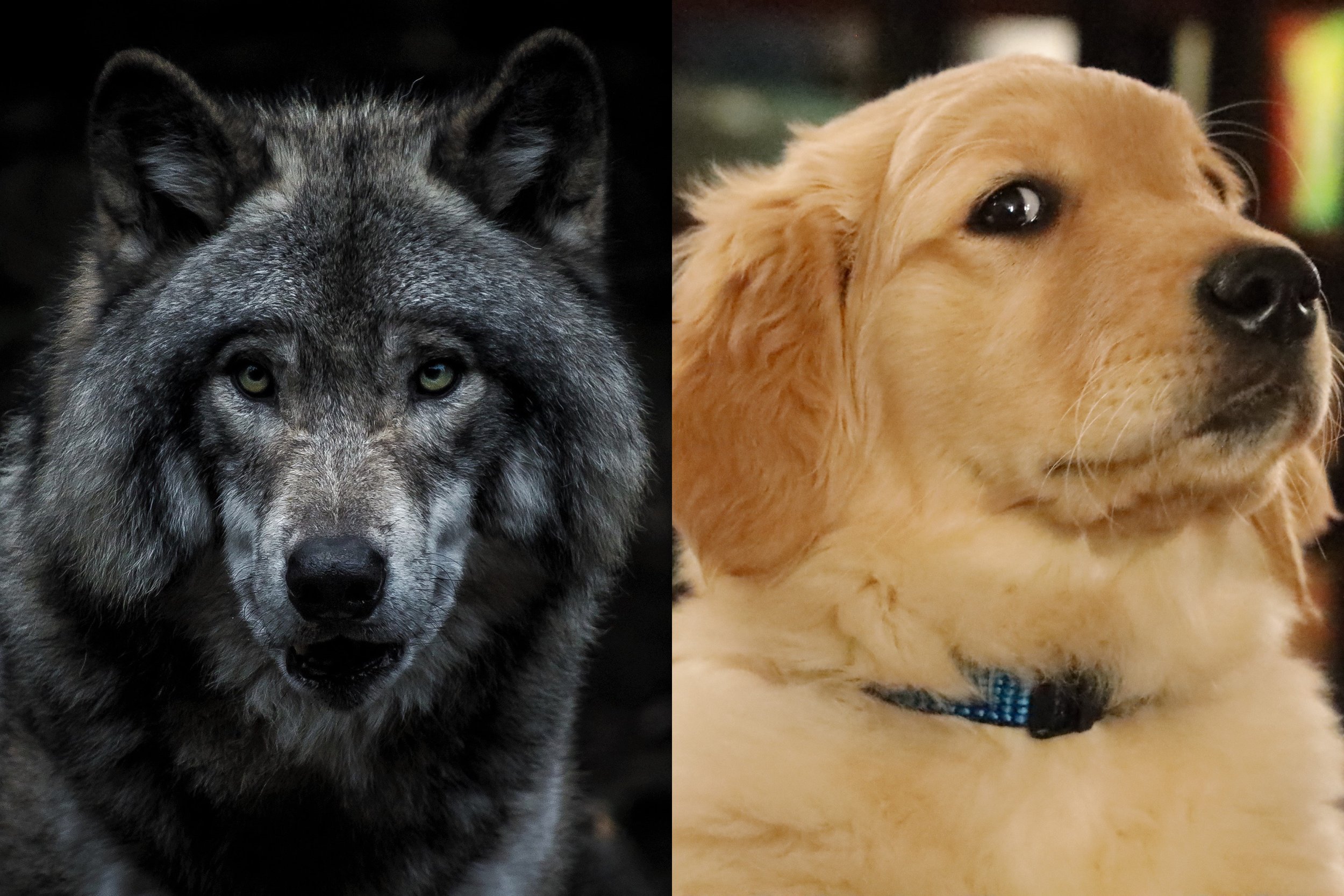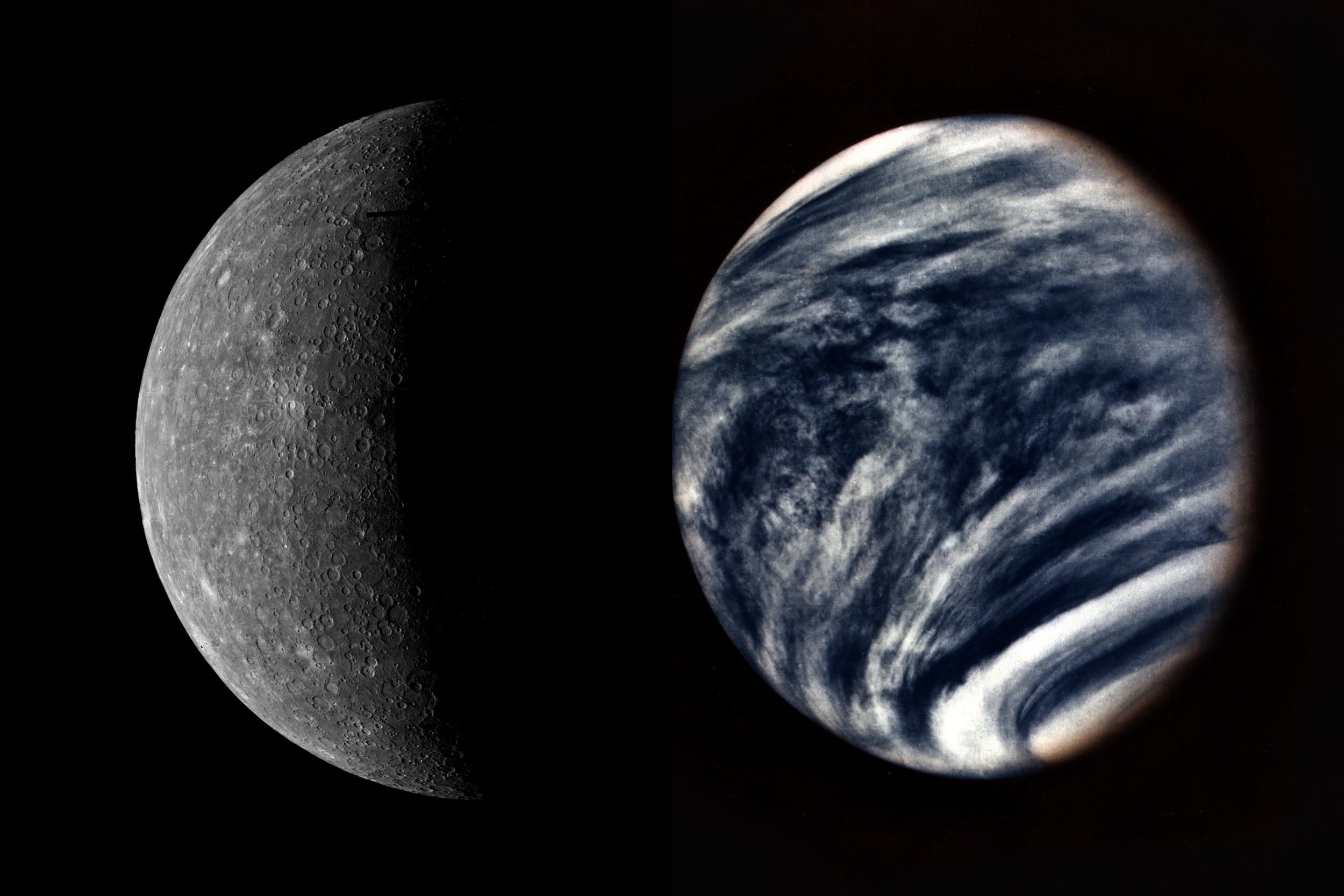Cool Nature Facts You’d Never Guess
Cow
Cows can sleep standing up, but can only dream while sleeping laying down. REM sleep is what allows them to dream. Cows cannot enter into REM sleep while standing, causing them to only dream while asleep laying down.
Shark
Sharks predate Dinosaurs by 190 million years.
Dogs and Wolves
A more prevalent white sclera (white part of an eye) and two muscles that allow eyebrows to be moved was selected for unintentionally by humans while domesticating wolves. Ancient humans gravitated toward individuals with these characteristics due to its ability to allow for more emotions to be betrayed. It is hypothesized that humans felt more connected to wolves with these features and bred them over others that lacked them, eventually domesticating these wolves and leading to these traits becoming a common appearance in modern dogs.
Oaks and Acorns
Acorns are a food source for many wildlife species. White Oak acorns are often preferred due to their lower tannin content and less bitter taste. When it comes to winter survival, Red Oak acorns are more beneficial to wildlife, as their higher fat content provides more calories, and higher tannin content prevents them from rotting easily.
Mercury and Venus
Both planets Mercury and Venus have day lengths (rotation on its axis) that are longer than their year lengths (rotation around the sun).
Bristlecone Pine
The longest living organisms on earth are trees. The longest living tree is the bristlecone pine, reaching ages over 5,000 years old.
Banana Spider
A Banana Spider’s webbing can be stronger than steel and Kevlar. It is used by humans to create fabrics and other man made items such as fishing nets.
Coastal Redwood
The tallest tree in the world, known by the name “Hyperion” is a Coastal Redwood (sequoia sempervirens). Hyperion stands at the height of 380 feet, which is taller than the Statue of Liberty and the Big Ben clock.
Orca (Killer Whale)
Orcas, also known as killer whales, are not actually whales. They are actually in the Delphinidae (Oceanic Dolphin) family.
Owl
Owls don’t have eyeballs. Their eyes are shaped like a tube so they cannot move them. In order to look in different directions, they must move their head, which is why they developed the ability to rotate their heads 270° in either direction, and tilt them up and down 90° as well.
Shark
Sharks predate trees by 90 million years.
Cervidae
All species of animal in the cervidae family grow antlers, except for the Chinese water deer. Cervidae shed their antlers and regrow new ones each year. They are made of bone, and are the fastest growing bones in nature.
Wolffia
On average, the growth habits of 40% of a plants genes are affected by the amount of light they detect, therefore they grow during daylight hours. Wolffia (duckweed) has been discovered to have as low as 13% of genes affected in this manner, causing it to grow much more on average.
Acacia Tree
When animals begin to graze on an acacia tree, the tree releases ethylene gas that is detected by neighboring trees. This is used as a way of communicating a nearby threat. In response, neighboring acacia trees that have detected the ethylene gas will begin to increase their levels of tannin (poison) production as a defense mechanism.
Bat
Bats are the only mammal in the world that can fly. A bat’s wing contains a flexible membrane of skin between bones that gives them the this ability.
Orca (Killer Whale)
Orca’s are one of the fiercest apex predators in the ocean. Sharks are so scared of them that recordings of Orca calls have be played at beaches to deter sharks from visiting.
Wild Turkey
Wild Turkeys can run as fast as 18 miles per hour and fly as fast as 50 miles per hour.
Brown Bear
During hibernation, brown bears heart rates drop to just 8 beats per minute.
Sea Turtle
Sea turtles have clear eyelids, allowing protection for their eyes against sea water like built in goggles.
TRees
Adult trees pass nutrients to seedlings, creating an increased succession rate. Seedlings often do not receive enough light to photosynthesize appropriately to create their own sugar, so they rely on their neighboring trees for nutrients. These nutrients are passed from tree to tree through an underground mycorrhizal network made up of an interconnected web of plant root tips and mycelium (fungal network). Read more on this!





















